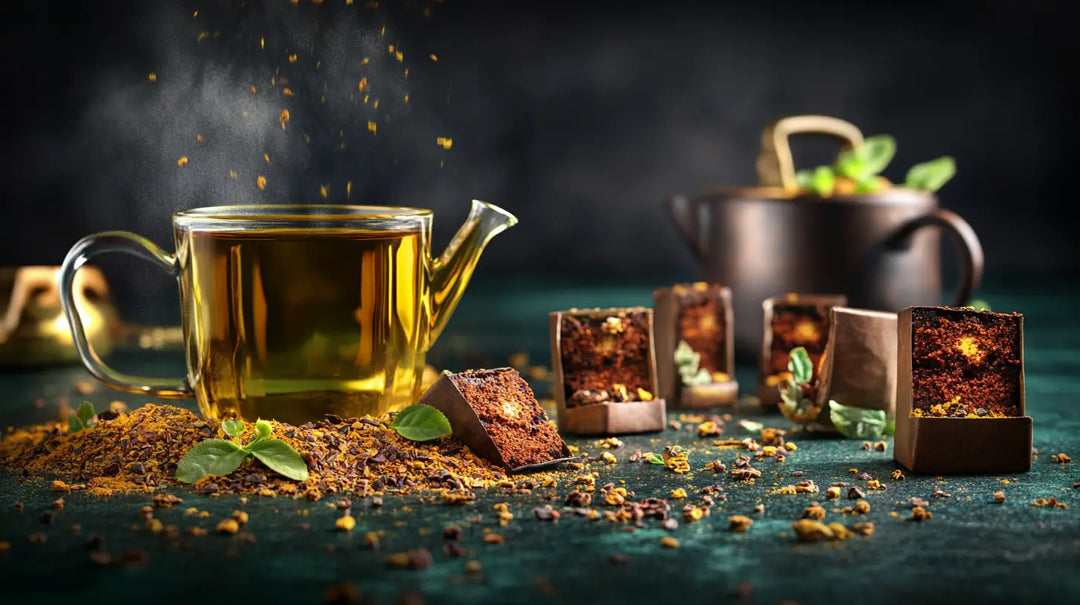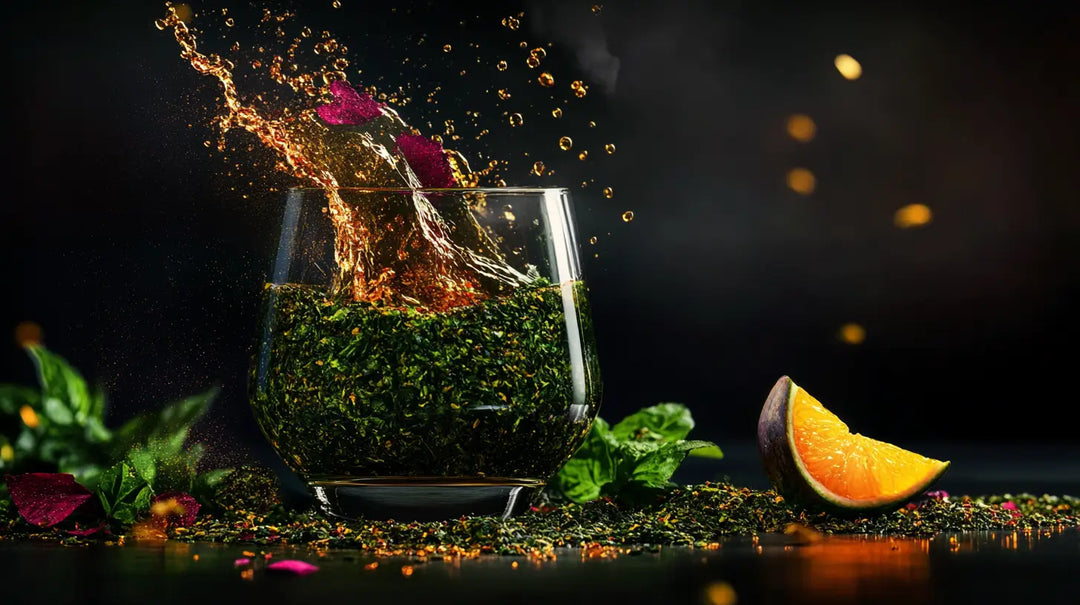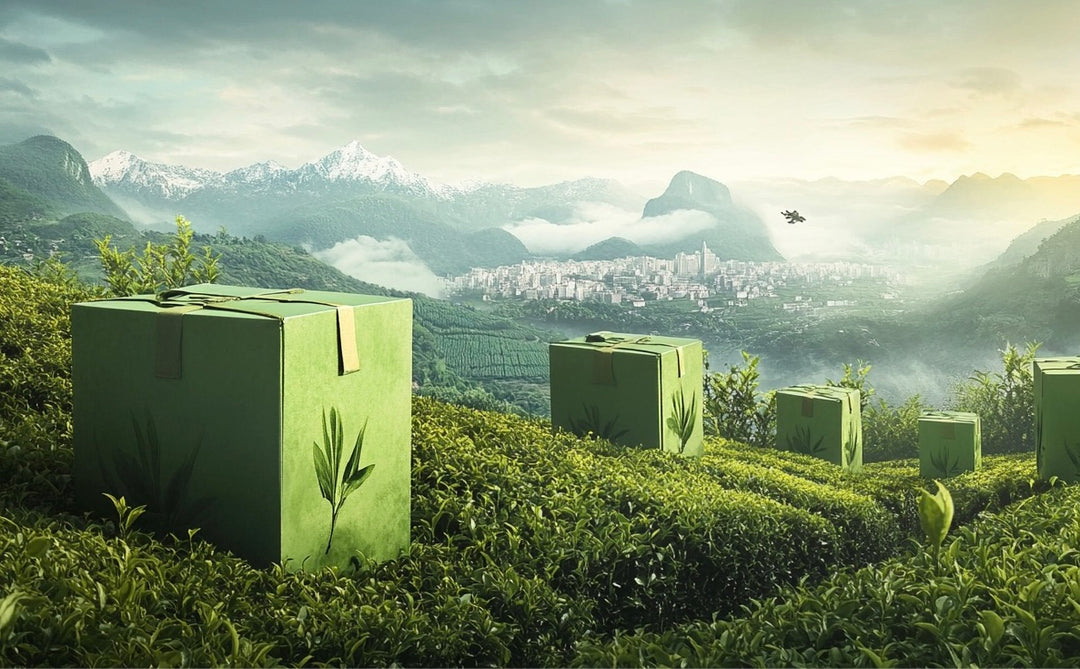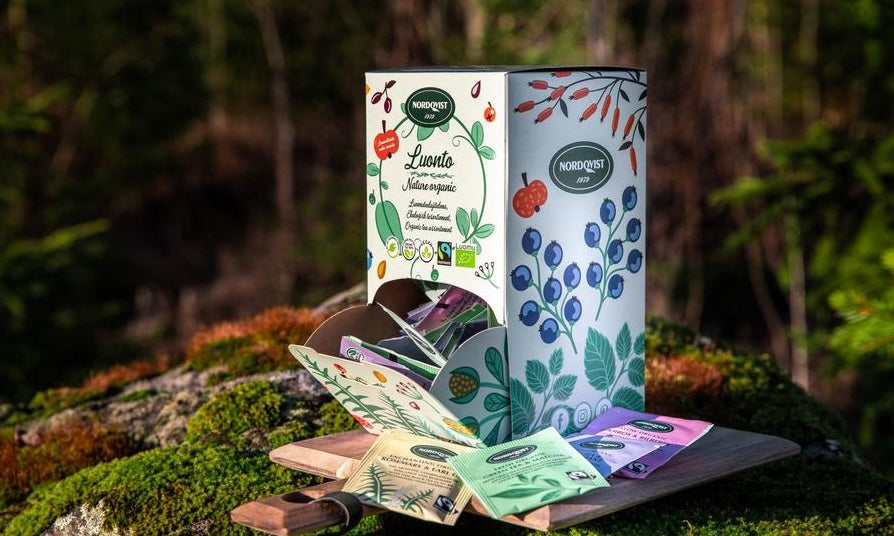Tea quality classifications
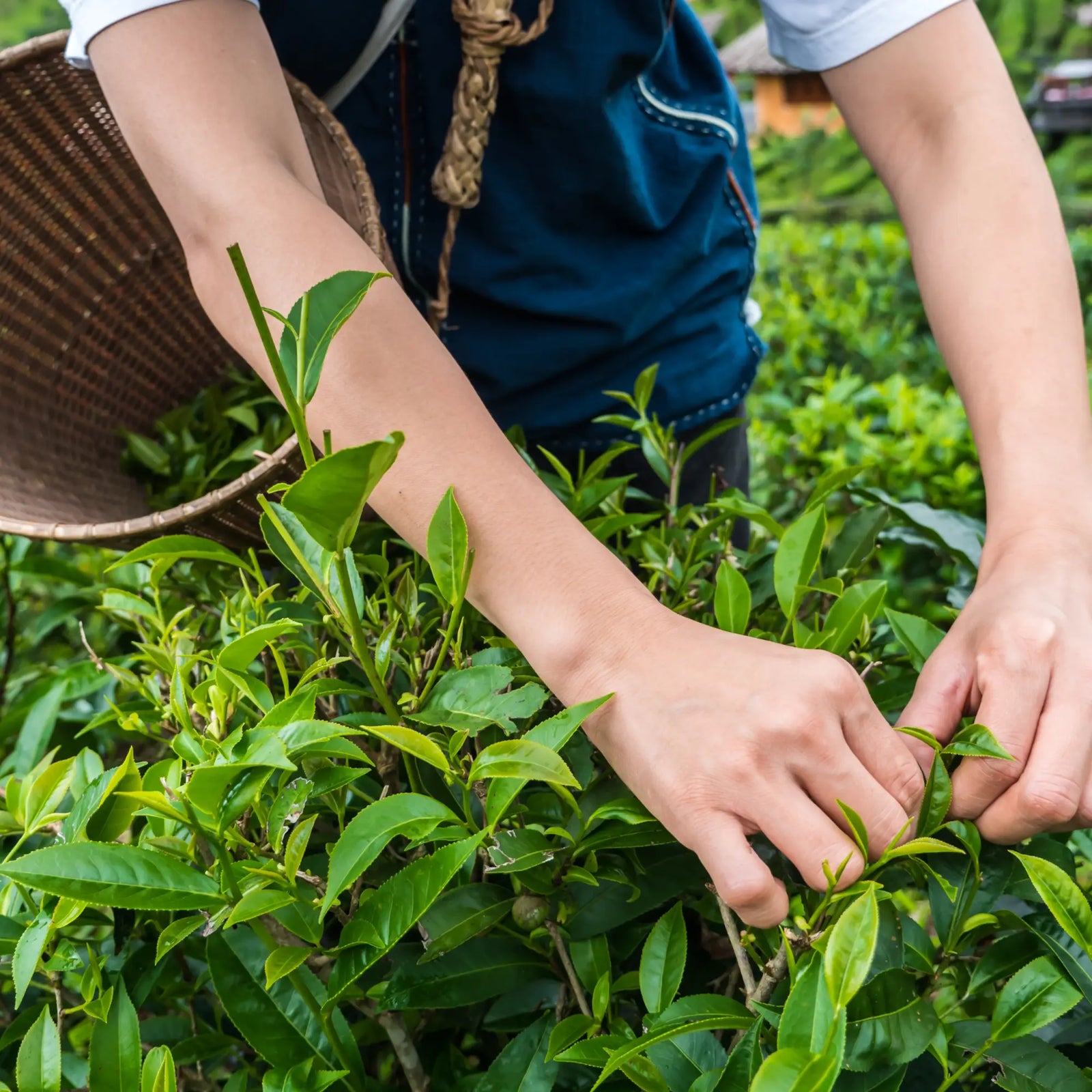
Quality classification of leaf tea
These qualifications you can find specially from our Classic tea selection.
The definitions of quality categories consist of five sections:
I Habitat
II Plant growth
III Picking, e.g. FOP
IV Post-treatment, e.g. Broken, Flannings, Dust
V Season/Season of harvest e.g. First Flush, Autumnal
FOP Flowery Orange Pekoe
GFOP Golden Flowery Orange Pekoe
TGFOP Tippy Golden Flowery Orange Pekoe
Thin, downy foliage with the two uppermost leaves of the tea plant's apex and the unopened leaf loop "Tips" or "Golden Tips". In general, teas with this abbreviation are from the top of the tea world - however, the quality and price of the tea is always determined by the professional taster.
FBOP Flowery Broken Orange Pekoe
GBOP Golden Flowery Broken Orange Pekoe
TGFOP Tippy Golden Flowery Broken Orange Pekoe
Similar to the above but with the leaves cut after rolling to enhance the flavour.
OP Orange Pekoe
Picked from the two uppermost downy tea leaves when the leaf buds are completely open - leaves are larger than in FOP tea.
BOP Broken Orange Pekoe
Same foliage as above cut.
BP Broken Pekoe
Picked third tea leaf from the top of the branch downwards. Cut by machine. The tea contains a lot of leaf stems; this results in a "thinner" aroma.
F Fannings
Separate parts when sieved, no leaf stalks or stems.
D Dust
The finest foliage material separating during sieving. Fannings and Dust are very rich and colour the tea quickly and have a strong flavour. These are primarily used for bag brewing.
First Flush
The first flush of tea leaves in spring. One of Darjeeling's most spectacular harvests. The tea bush has collected a wonderful aroma, a fresh green flavour, during the long winter hibernation.
Second Flush
The next opening of the leaves, often brilliant in flavour. The aroma is stronger than in spring.
Autumnal
Autumn harvest, with a milder flavour than the mid-summer harvest. Excellent tea in some tea estates. The seasons give their own character to the tea varieties.




